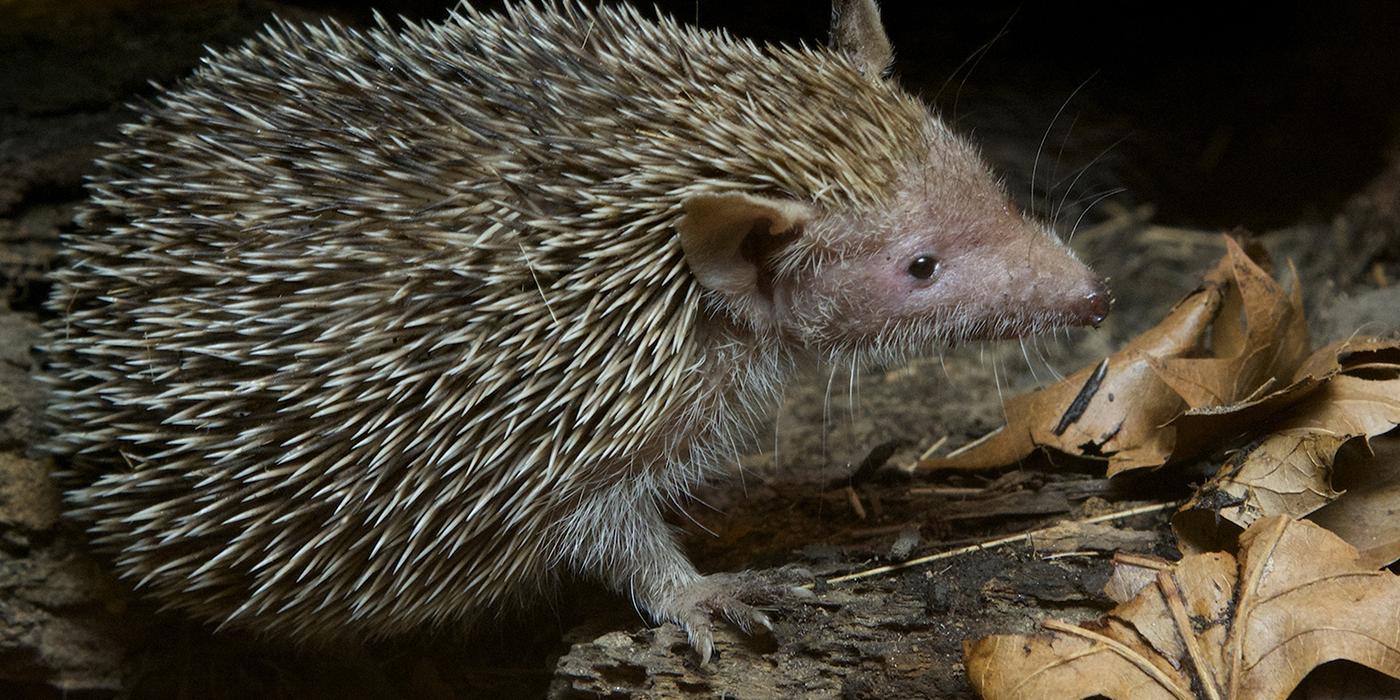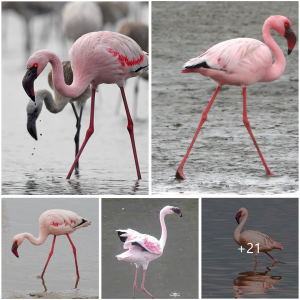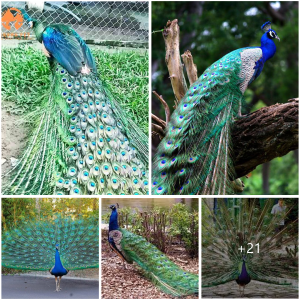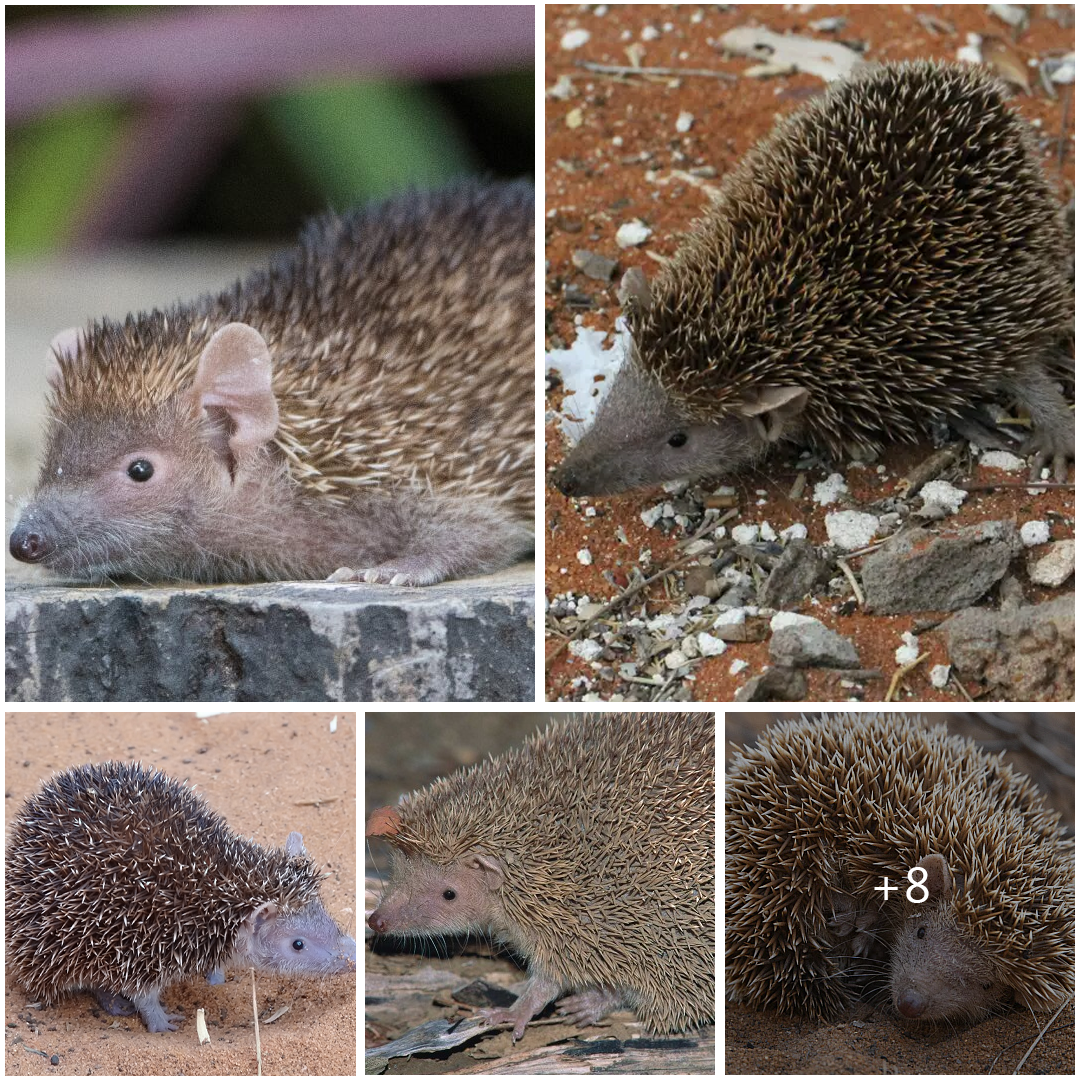
Discovering the Lesser Madagascar Hedgehog Tenrec: A Unique Resident of the Island’s Ecosystem
Introduction: Nestled amidst the verdant landscapes of Madagascar, the lesser Madagascar hedgehog tenrec (Echinops telfairi) emerges as a fascinating and unique inhabitant of the island’s rich biodiversity. With its spiky coat and endearing demeanor, this small mammal captivates the imagination, offering insight into the intricate web of life that thrives in Madagascar’s diverse ecosystems. In this exploration, we delve into the distinctive features and ecological role of the lesser Madagascar hedgehog tenrec, shedding light on its behavior, habitat preferences, and the conservation challenges it faces.
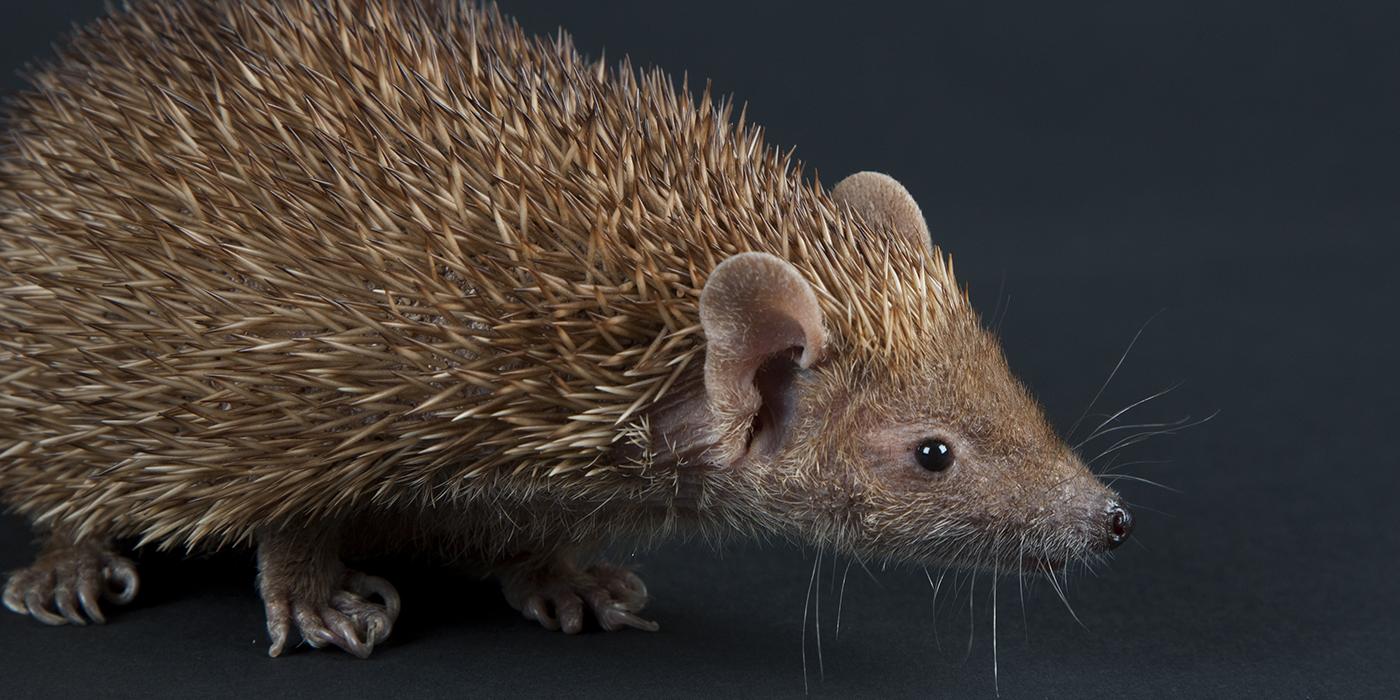
Appearance and Adaptations: The lesser Madagascar hedgehog tenrec is characterized by its spiky coat, which serves as a form of defense against predators and helps regulate body temperature. Unlike true hedgehogs, tenrecs are not closely related to rodents but belong to their own unique family. They possess specialized adaptations, including a long, pointed snout and sharp claws, which aid in foraging for food and navigating through the dense vegetation of their habitat.
Habitat and Distribution: This charming creature is predominantly found in the forests and scrublands of Madagascar, where it seeks refuge amidst the leaf litter and fallen debris. It favors habitats with ample ground cover and access to water sources, where it can hunt for insects, worms, and other small invertebrates. However, habitat loss and fragmentation pose significant threats to its survival, as human activities encroach upon its natural range.
Behavior and Reproduction: The lesser Madagascar hedgehog tenrec is primarily nocturnal, venturing out under the cover of darkness to forage for food and engage in social interactions with conspecifics. It communicates through a variety of vocalizations and scent markings, establishing territories and mating bonds within its social group. Breeding typically occurs during the wet season, with females giving birth to a litter of one to three offspring after a gestation period of approximately two months.
